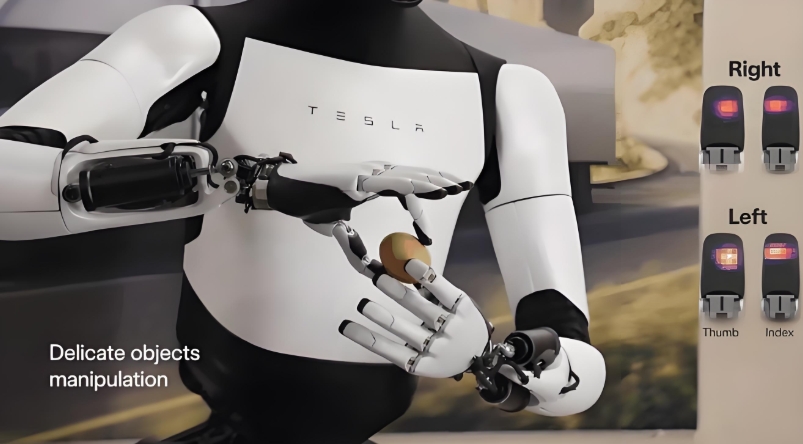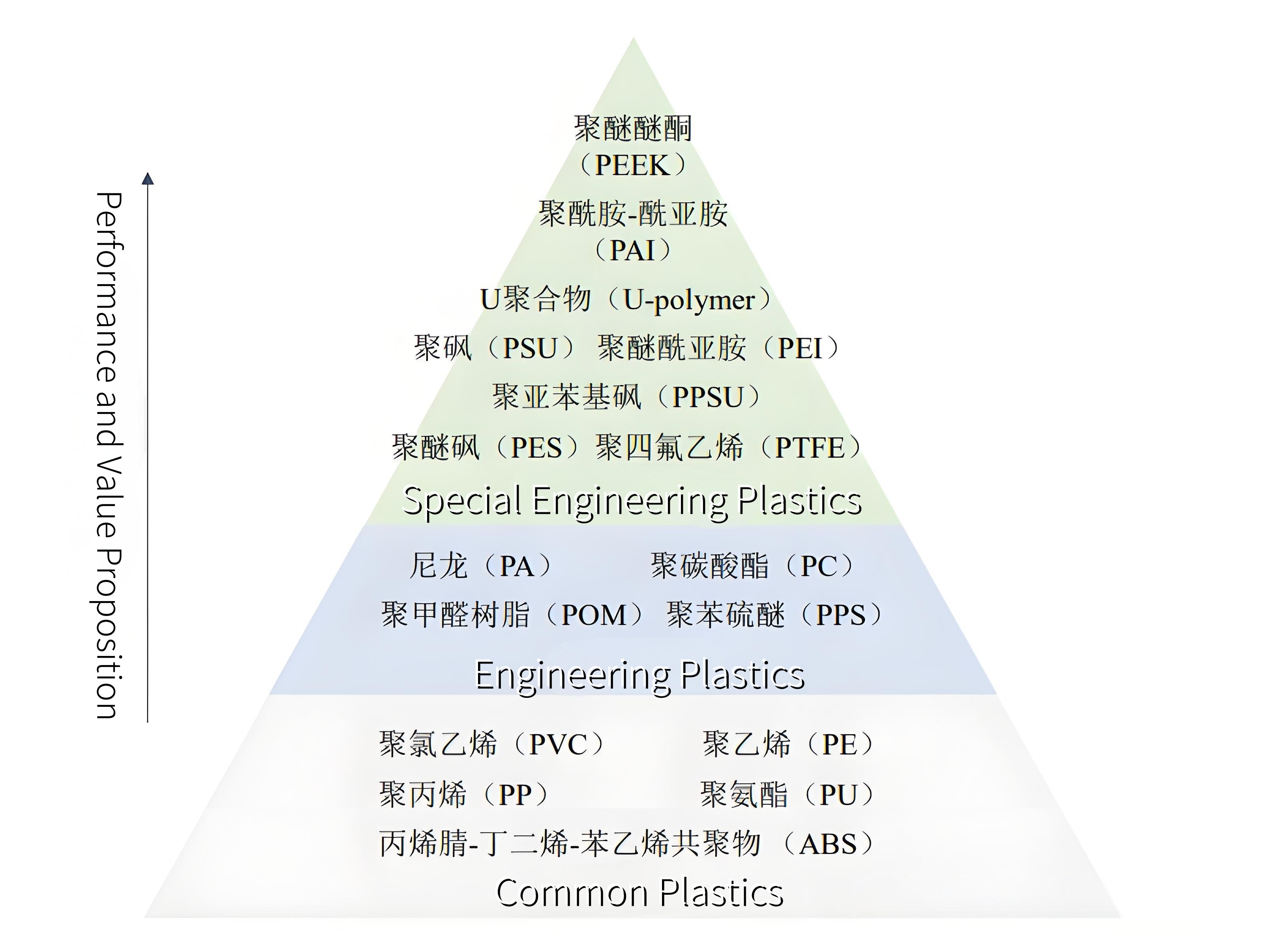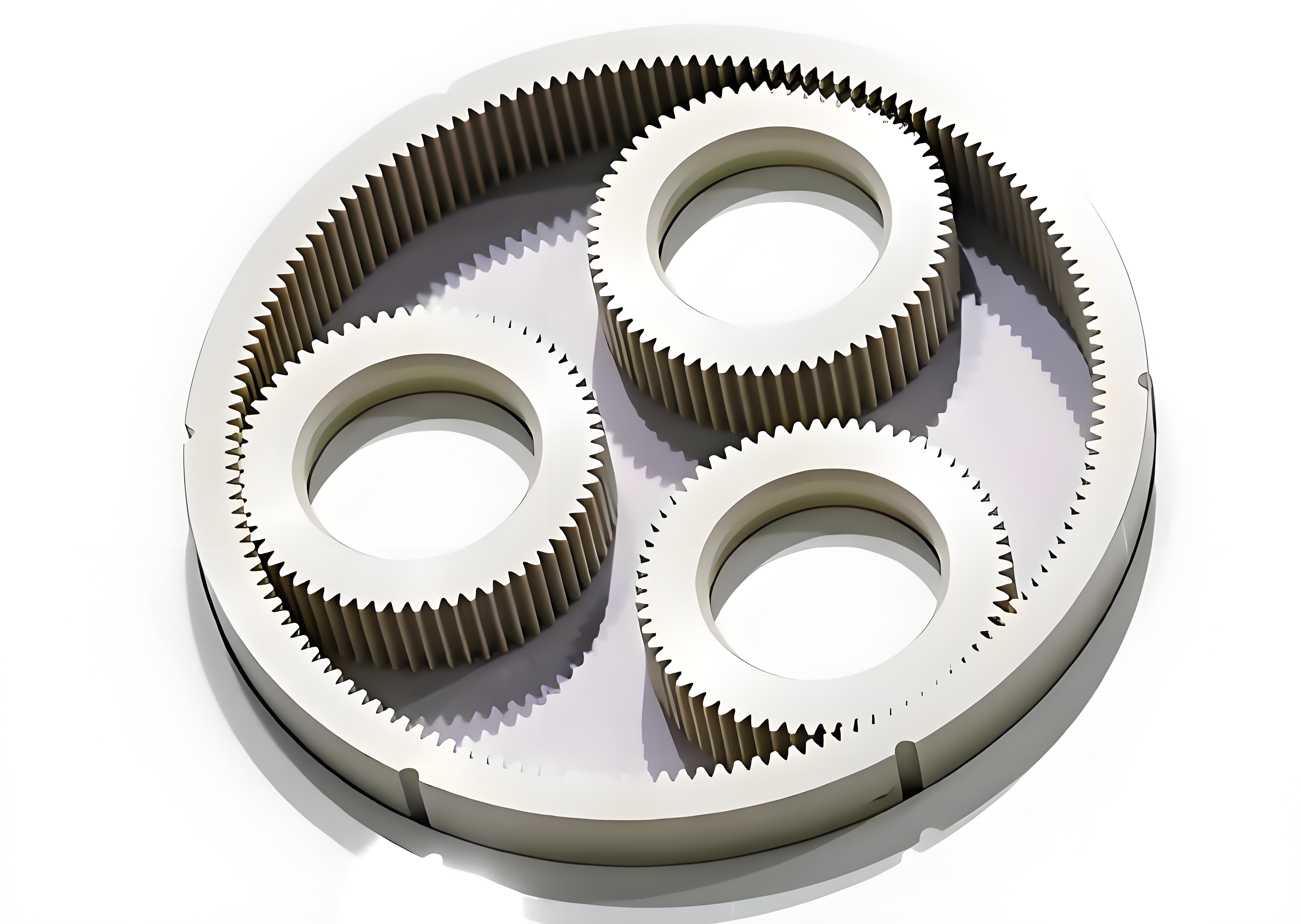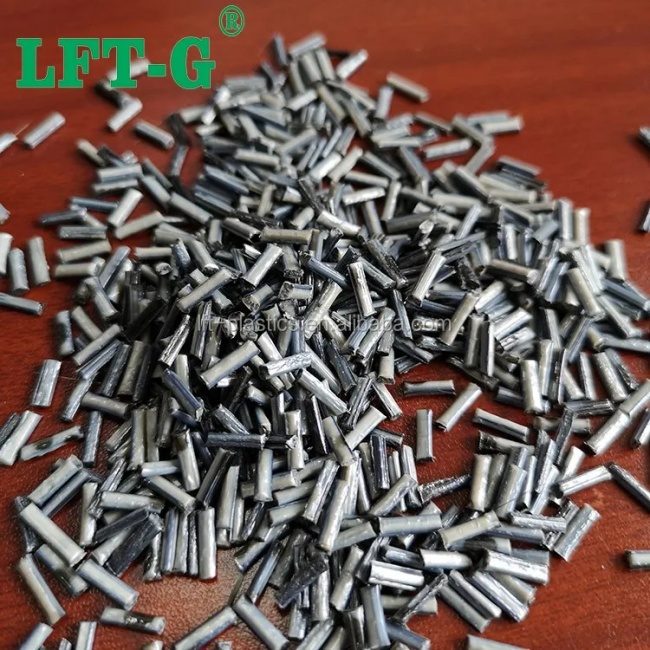nuovo blog

robot umanoidi
sono progettati per eseguire la maggior parte delle azioni in modo simile a quello umano, il che richiede un
elevato grado di flessibilità
Per ottenere tale flessibilità, è necessario un controllo rigoroso sul robot
peso
è essenziale. Un peso eccessivo aumenta significativamente la coppia richiesta ai servomotori, il che a sua volta influisce sulla reattività del robot, sulla capacità di carico utile e sulla durata della batteria.
Il design leggero contribuisce a ridurre il peso di vari componenti, riducendo così la coppia e la potenza richieste dal sistema di azionamento. Ciò migliora la capacità di carico del robot.
riduce il consumo energetico e ne prolunga la durata operativa
Pertanto, la riduzione del peso è fondamentale per migliorare le prestazioni e consentire l'implementazione commerciale su larga scala. I principali produttori di robotica hanno tutti dimostrato una chiara tendenza alla riduzione del peso nelle loro iterazioni di prodotto.
Ad esempio, il robot umanoide di seconda generazione di Tesla,
Optimus Gen 2
—pubblicato nel dicembre 2023—ha raggiunto un
10 chili
Riduzione del peso rispetto alla prima generazione, con conseguente aumento del 30% della velocità di camminata e significativi miglioramenti in termini di stabilità, agilità e prestazioni complessive. Uno dei fattori chiave alla base di questa riduzione del peso è stato l'ampio utilizzo di PEEK (polietereterchetone) nelle articolazioni bioniche e nei componenti leggeri dell'attrezzatura.

01
Che cosa è il materiale PEEK?
Il polietereterchetone (PEEK) è un polimero termoplastico aromatico cristallino ad alte prestazioni appartenente alla famiglia dei poliarileterchetoni (PAEK). È composto da anelli fenilici collegati da legami eterei e chetonici. Riconosciuto come
uno dei materiali termoplastici più performanti al mondo
, il PEEK offre proprietà superiori rispetto ai metalli e alla maggior parte degli altri materiali plastici.

Rispetto alle principali materie plastiche ingegneristiche e alle materie plastiche speciali ad alte prestazioni, il PEEK offre
prestazioni a tutto tondo
Non solo supera la maggior parte delle materie plastiche ingegneristiche speciali in termini di
rigidità
, ma mantiene anche un'eccellente
tenacia
, dimostrando un profilo meccanico completo. Inoltre, mostra eccezionali
resistenza a
Calore
, usura e corrosione
.
Rispetto ai metalli convenzionali, il PEEK offre una resistenza significativamente
resistenza specifica superiore a quella dell'acciaio e delle leghe di alluminio
Ciò consente una sostanziale riduzione del peso del materiale, pur soddisfacendo i requisiti di resistenza, rendendolo una soluzione ideale per progetti leggeri. Inoltre, il PEEK supera anche i metalli comuni in termini di
isolamento elettrico e resistenza chimica
.
In sintesi, le eccezionali prestazioni complessive del PEEK lo rendono un materiale promettente con ampie prospettive di applicazione nella progettazione leggera di robot umanoidi.
02
Applicazioni del PEEK nei robot umanoidi
Il PEEK viene utilizzato principalmente negli scheletri degli arti e nei componenti di trasmissione delle articolazioni dei robot umanoidi:
Ingranaggi/cuscinetti e altri componenti della trasmissione:
L'eccellente resistenza all'usura e le proprietà autolubrificanti del PEEK, con un coefficiente di attrito estremamente basso (0,1-0,2) e un basso coefficiente di dilatazione termica (circa 30×10⁻⁶/K), lo rendono ideale per giunti, ingranaggi e cuscinetti. Il suo utilizzo riduce l'usura dei componenti, il consumo energetico e la rumorosità. Allo stesso tempo, il PEEK offre elevata resistenza, buona stabilità dimensionale ed è più leggero dei materiali metallici, migliorando il rapporto coppia/peso dei giunti dei robot umanoidi, consentendo movimenti più efficienti e precisi e prolungandone la durata.

Componenti strutturali leggeri
Il PEEK può essere rinforzato con materiali come
fibra di vetro o fibra di carbonio
e utilizzato in
telai o alloggiamenti robotici
Ciò consente
significativa riduzione del peso
Mentre
mantenendo un'elevata rigidità
, migliorando così l'efficienza del movimento.

Il PEEK è un materiale ideale per raggiungere gli obiettivi di leggerezza dei robot umanoidi. Con il continuo progresso della commercializzazione dei robot umanoidi, si prevede che il potenziale di mercato del PEEK in questo settore crescerà di conseguenza.